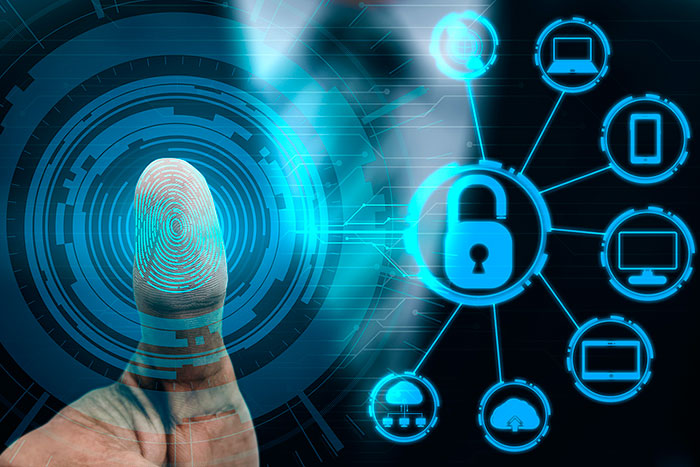Identity access management (IAM) is a critical part of any organization’s IT department and overall security. IAM systems can be used to manage people, specifically their digital identities, as well as software applications and hardware. But what is IAM precisely? An IAM solution is less of a specific group of activities and more of a collection of possible functions depending on an organization’s needs.
Put simply, the IAM role in an organization is to keep information secure and to provide access to privileges only to authorized user accounts. An employee login system is an example of identity management. While it used to be common to rely on legacy systems, meaning on-premises IAM technology, it’s become more common for organizations to rely on third-party cloud providers. This actually provides security benefits thanks to modern data encryption, not to mention the reduced costs and convenience. Here are the most important functions of an IAM solution.
Authentication
This is the process of ensuring a digital entity is who they claim to be when they request access to protected information or systems. Authentication could include a simple username and password check to gain access to a user account, or it could involve higher-level privileged access management to ensure only appropriate access is granted for executive functions.
These days, it’s relatively common for organizations to use multi-factor authentication (MFA). This describes any system that requires two or more steps in the authentication process. In addition to a password, for example, a user may have to provide a smart card or biometric scans for access control.
Authorization
This function is performed after authentication, and it provides appropriate access to the user based on their provisioning. Provisioning is where the identity management system specifies what resources a user will have access to and their level of user access. An entry-level employee, for example, will have a different level of access from an administrator.
Conversely, deprovisioning is the process of removing a user’s access rights. This is generally done after an employee leaves the organization, but deprovisioning may also remove high-level access from an employee who is no longer authorized. This is done to close off security risks from unauthorized users who may wish to harm the organization.
Single Sign-On
Not all IAM systems include SSO, but it is becoming more popular and is frequently included with cloud solutions. This allows users to access multiple applications within the organization with a single login. The approach has several advantages, and it can improve productivity and reduce password fatigue. The fewer time people spend entering passwords, the more time they have to focus on other tasks. SSO can also increase security by reducing the number of usernames and passwords that could become compromised.
Of course, the major downside to SSO is that if someone with malicious intent obtains login information, they may be able to access multiple systems. Fortunately, cloud providers generally have entire teams dedicated to ensuring their services are secure and remain running 24/7.
Compliance Reporting
An identity management system can also be used to gather data for reports that show compliance with any necessary laws and regulations. For example, if a company collects and uses customer data, they’re required to safeguard that data against security breaches. Proper access management ensures that only the appropriate users within the company can see such data. Marketing campaigns often use customer data to create personalized offers or perform other marketing strategies.
IAM oversees each user’s life cycle within the organization and adheres to industry best practices to ensure that everyone’s information is kept safe.


